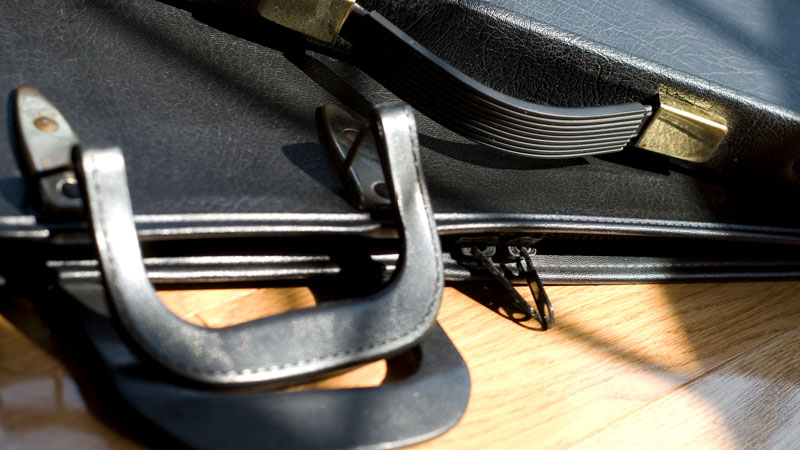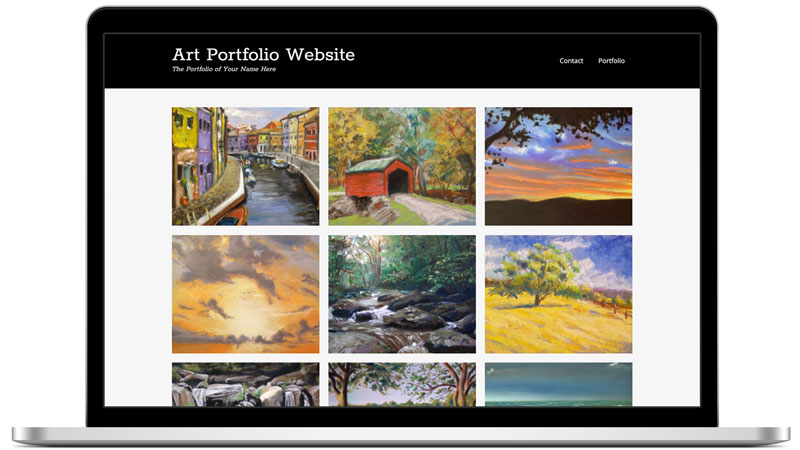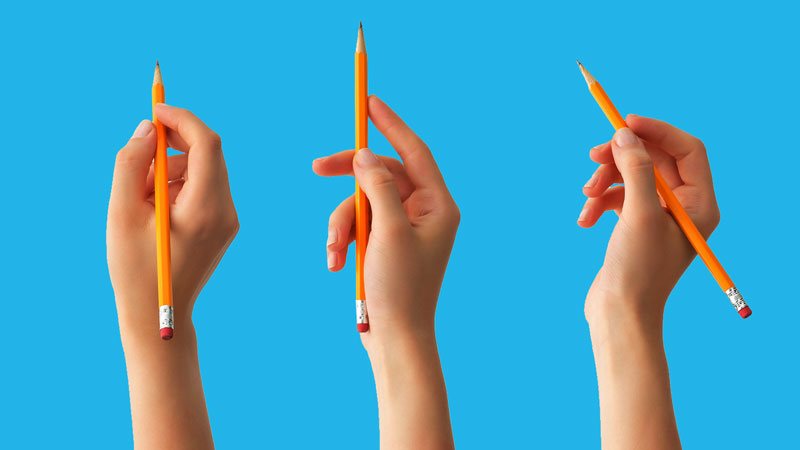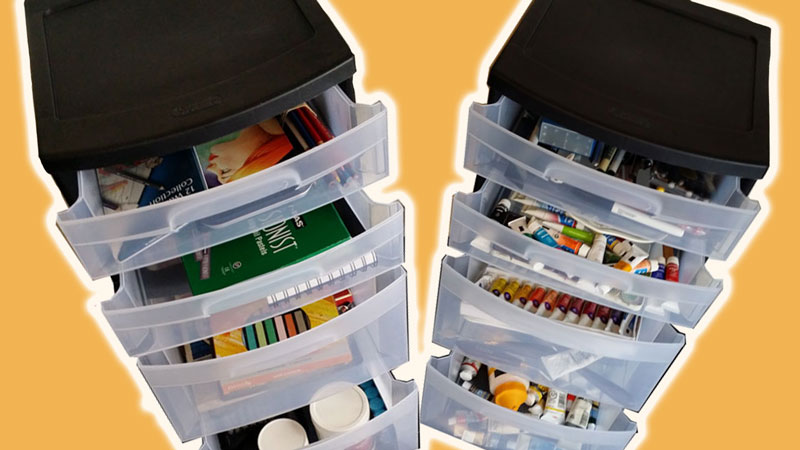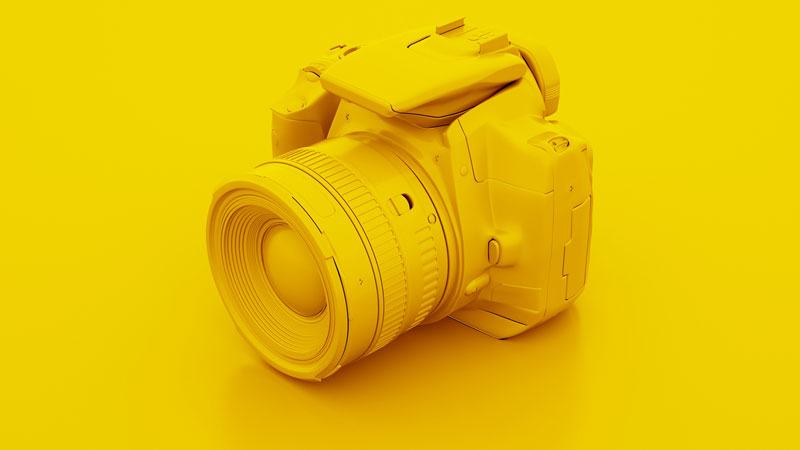
Luckily, modern graphics programs like Photoshop and Gimp allow us to edit images of our artwork and make them look like the original.
Here are the steps that I take when photographing artwork and here’s how I make it look more like the original…
Step 1 – Photographing the Artwork
In ideal situations, you can set up the proper lighting, use a fancy DSLR camera, and set the artwork on an appropriate easel. However, most of us are lacking this type of equipment. Fortunately, you can still get results that are similar without all of this equipment.
Obviously, one of the most important factors in photographing your artwork is the light. Natural light (sunlight) is always the best light. So, taking the photo outside or by a window is a must. (Just watch out for cast shadows.)
If you have a suitable easel, it’s preferred to use one. But, if you don’t, you can simply lay the artwork down on a flat surface.
Frame the artwork inside of the camera viewfinder so that the entire image is inside of the frame. Try to keep the camera as “square” to the image as possible. To gauge this, look for any curving on the image through the camera viewfinder. If you see that the edges of the image look curved, then adjust the camera so that it is “square”.
Do not use a flash when you take the photo. The natural sunlight will be more than adequate.
Before moving away from your setup, make sure that you have a crisp image on your camera. If the image is blurry, take another photo.
Step 2 – Importing into Photoshop
Open up the photo using Photoshop (or Gimp). The first thing that you’ll want to do is to crop the image. You can do this by using the rectangular marquee selection tool to select the boundaries of the artwork. Then go to “Image” > “Crop”. Check to make sure it is cropped cleanly before moving on.
Next, you will need to change the image size. Most cameras will take the photo at 72 DPI, which is a low resolution. You want your image to be the highest resolution possible, so you’ll need to change the resolution. To do this, go to “Image” > “Image Size”. There you will have the option to change the resolution from 72 DPI to 300 DPI. Here you can also change the physical size of the image to an acceptable size in inches or cm.
Step 3 – Adjusting the Image
There are several options that you can use to adjust the image of the artwork to look more like the original. The first to try are the “Auto” adjusters. For most situations, these will work fine. These are found under “Image” in the top menu. I like to try “Auto Color” first, then “Auto Contrast”, and then lastly “Auto Tone”. Usually one of these options will get your artwork looking great, but if it doesn’t, we have a few more options.
If the “Auto” adjustments don’t seem to do the trick, then it’s time to try some manual adjustments. These are found under “Image” > “Adjustments”. The first I like to try is the “Brightness/Contrast”. When this is selected, sliders are used to adjust the brightness and contrast in the image. This is very similar to “Auto Contrast”, but you have all of the control. You can also manually adjust the curves, levels, and exposure, but for nearly all of the images that I adjust, the “Auto” adjusters or the manual “Brightness/Contrast” does the trick.
Step 4 – Save the Image
Now that your artwork is looking good, it’s time to save the work. It’s best practice to save your image as .jpeg, or.jpg. This will allow it to be opened on every computer and every device. To save the image, go to “File” > “Save as”. Then in the pop up menu, change the “Format” to “JPEG”.
If so, join over 36,000 others that receive our newsletter with new drawing and painting lessons. Plus, check out three of our course videos and ebooks for free.

